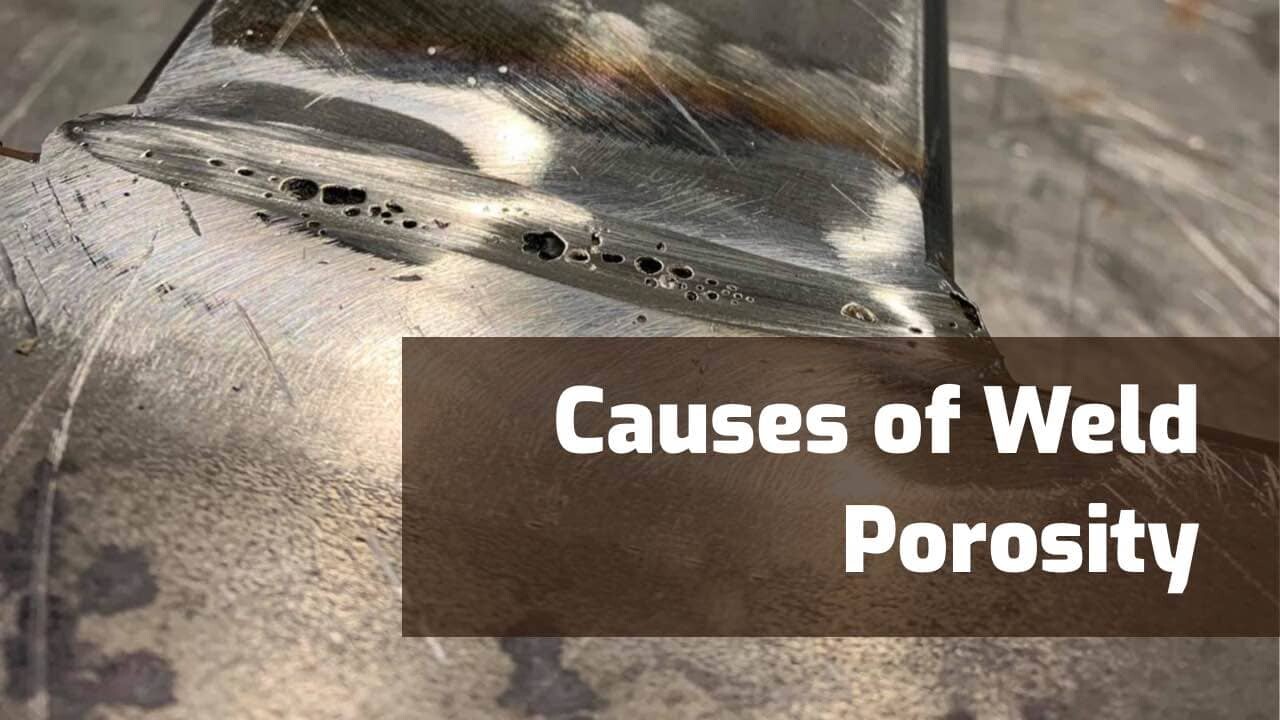Comprehending Porosity in Welding: Discovering Reasons, Results, and Prevention Methods
Porosity in welding is a relentless difficulty that can considerably affect the quality and honesty of welds. As professionals in the welding market are cognizant, understanding the reasons, impacts, and prevention strategies connected to porosity is essential for attaining durable and trusted welds. By delving right into the source of porosity, examining its detrimental impacts on weld high quality, and exploring efficient avoidance methods, welders can improve their expertise and abilities to produce high-grade welds regularly. The detailed interplay of factors adding to porosity requires a comprehensive understanding and an aggressive approach to make certain successful welding results.
Usual Sources Of Porosity
Porosity in welding is mainly created by a mix of aspects such as contamination, inappropriate securing, and poor gas protection during the welding procedure. Contamination, in the type of dirt, grease, or corrosion on the welding surface, creates gas pockets when warmed, leading to porosity in the weld. Improper securing takes place when the protecting gas, typically utilized in procedures like MIG and TIG welding, is unable to completely shield the molten weld pool from reacting with the surrounding air, causing gas entrapment and succeeding porosity. Furthermore, inadequate gas coverage, typically due to wrong circulation rates or nozzle positioning, can leave parts of the weld vulnerable, enabling porosity to develop. These aspects collectively add to the formation of voids within the weld, compromising its honesty and possibly creating architectural issues. Understanding and dealing with these common causes are critical action in preventing porosity and guaranteeing the quality and toughness of welded joints.
Impacts on Weld Top Quality
The visibility of porosity in a weld can dramatically endanger the general high quality and integrity of the welded joint. Porosity within a weld produces gaps or cavities that weaken the structure, making it much more vulnerable to fracturing, deterioration, and mechanical failing.
Moreover, porosity can prevent the effectiveness of non-destructive screening (NDT) strategies, making it challenging to detect various other defects or suspensions within the weld. This can result in considerable safety and security problems, especially in important applications where the structural honesty of the welded parts is extremely important.

Prevention Techniques Introduction
Provided the harmful impact of porosity on weld quality, effective prevention methods are vital to keeping the structural integrity of welded joints. One of the primary prevention methods is comprehensive cleaning of the base materials prior to welding. Pollutants such as oil, grease, rust, and moisture can add to porosity, so guaranteeing a clean work surface area is crucial. Proper storage of welding click to read more consumables in dry problems is likewise critical to stop wetness absorption, which can lead to gas entrapment during welding. Additionally, selecting the suitable welding specifications, such as voltage, existing, and travel rate, can help minimize the risk of porosity formation. Making certain ample protecting gas circulation and protection is one more essential avoidance strategy, as inadequate gas protection can lead to atmospheric contamination and porosity. Lastly, appropriate welder training and accreditation are essential for applying safety nets properly and continually. By integrating these avoidance methods right into welding techniques, the occurrence of porosity can be significantly decreased, resulting in stronger and extra trusted welded joints.
Relevance of Correct Shielding
Correct shielding in welding plays a critical duty in stopping climatic contamination and making certain the stability of welded joints. Protecting gases, such as argon, helium, or a mixture of both, are frequently used to safeguard the weld pool from reacting with components airborne like oxygen and nitrogen. When these responsive elements enter into contact with the hot weld swimming pool, they can trigger porosity, bring about weak welds with decreased mechanical properties.

Insufficient securing can lead to various issues like porosity, spatter, and oxidation, jeopardizing the architectural stability of the welded joint. Sticking to appropriate securing practices is vital to generate high-grade welds with minimal defects and guarantee the durability and integrity read review of the bonded components.
Tracking and Control Methods
Exactly how can welders efficiently check and regulate the welding procedure to make sure optimal outcomes and stop problems like porosity? By constantly keeping track of these variables, welders can identify variances from the perfect conditions and make immediate changes to stop porosity development.

Furthermore, executing appropriate training programs for welders is crucial for keeping an eye on and regulating the welding procedure efficiently. What is Porosity. Educating welders on the relevance of maintaining constant criteria, such as proper gas securing and travel speed, can assist stop porosity problems. Normal evaluations and certifications can additionally ensure that welders excel in monitoring and managing welding procedures
Moreover, making use of automated welding systems can boost surveillance and control capabilities. These systems can specifically control welding specifications, minimizing the likelihood of human mistake and guaranteeing regular weld top quality. By integrating innovative tracking modern technologies, training programs, and automated systems, welders can successfully check and manage the welding procedure to minimize porosity flaws and achieve top notch welds.
Verdict
